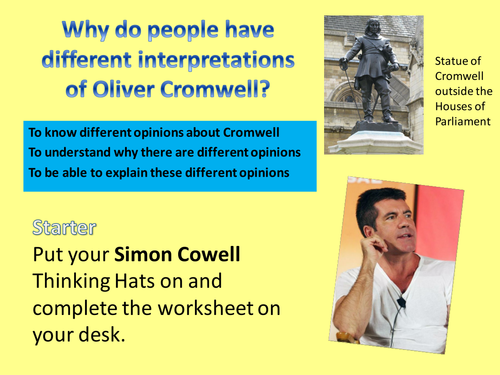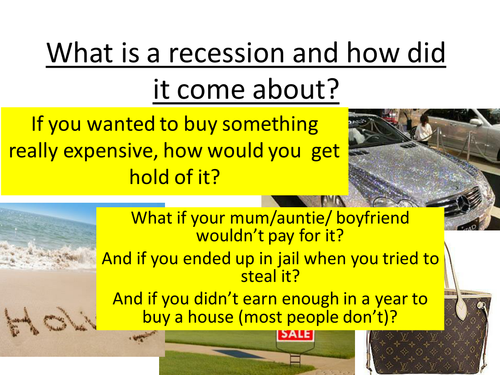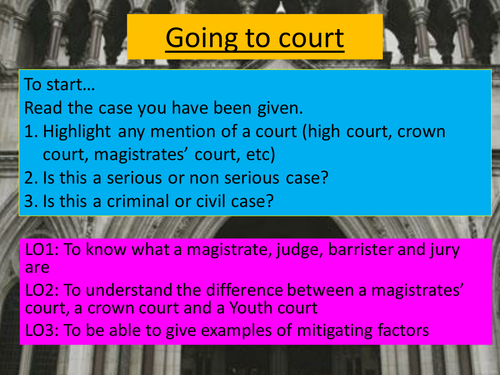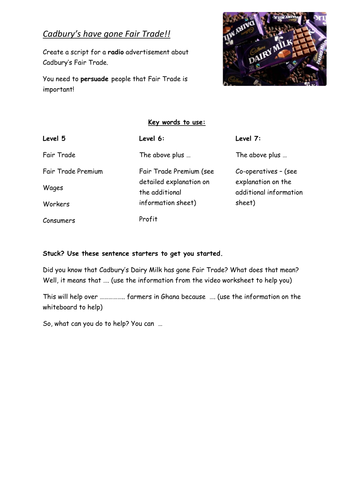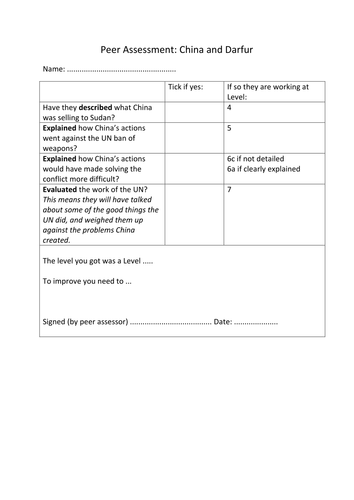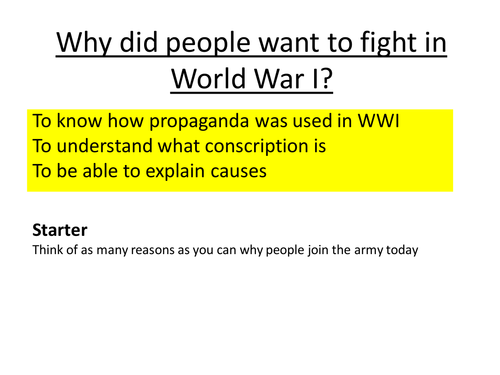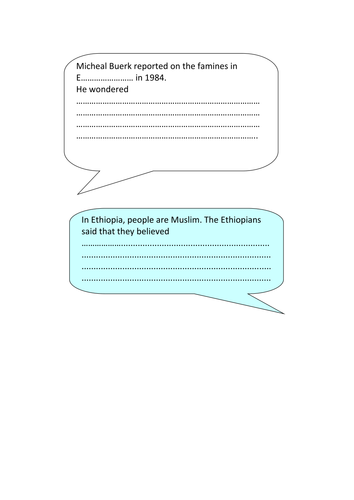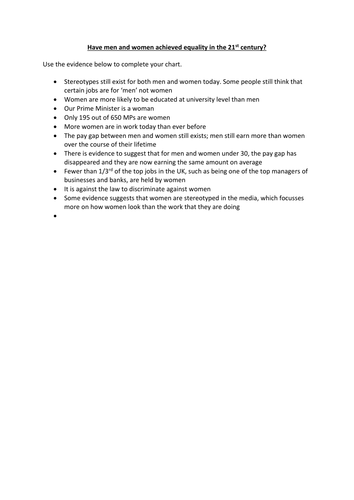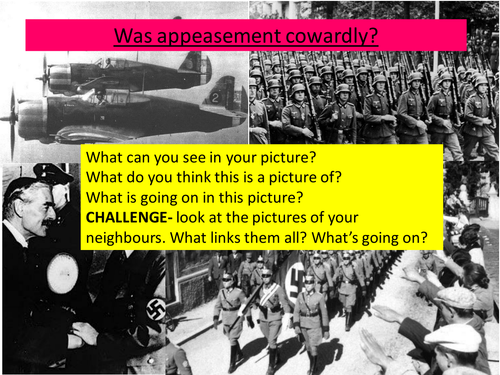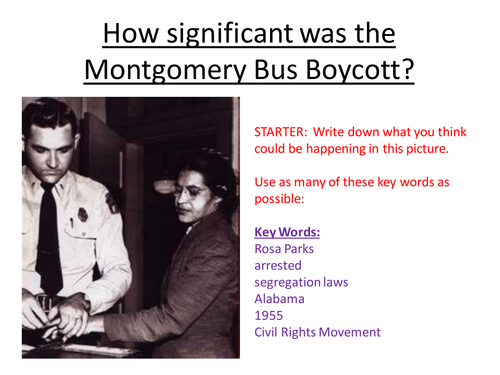Katheriner's Shop
I have been a History teacher in mainstream UK schools for over 10 years, with my students achieving well above national averages for value added at GCSE and A Level. My students' responses have also been used an exemplars by the examiners in their reports. During this time I have also taught Citizenship, PSHE and Politics.




